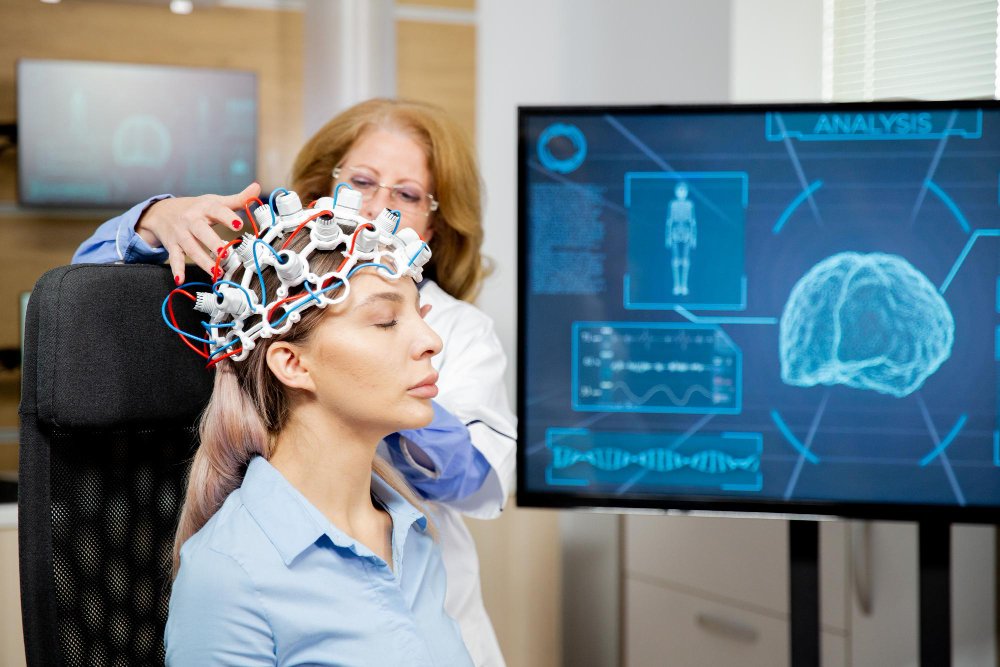How your patients will benefit from HBOT
- IL1, IL6, and TNF alpha downregulation
- Decreases inflammation
- Release of neuro stem cells to areas of injury
- Promotes angiogenesis
- Enhancing mitochondrial function
- Accelerating wound healing at all stages
- Acute reversing tissue ischemia
- Peri-contusional and ischemic penumbra tissue regeneration

Neurology
Hyperbaric Oxygen Therapy (HBOT) operates by elevating the oxygen content in the brain to levels beyond the normal range, enhancing mitochondrial function, and influencing over 8,000 genes on our DNA. This process involves upregulating genes responsible for growth and repair while downregulating those associated with inflammation and apoptosis. The realm of research on HBOT for neurological conditions has expanded significantly in recent years, with studies from Israel showcasing positive effects on stroke and traumatic brain injury recovery.
Considerable evidence supports the efficacy of HBOT in various neurological conditions, including brain radionecrosis, anoxic brain injury, autism, mild cognitive impairment, vascular dementia, and migraine headaches. Exciting new findings also suggest a potential role for HBOT in the treatment of Parkinson’s, Alzheimer’s, Multiple Sclerosis, and even spinal cord injuries.
For a more in-depth exploration of the extensive research and studies pertinent to your specialty, please refer to the Research & Studies section below.
Did You Know?
Hyperbaric Oxygen Therapy Reduces Inflammation. HBOT helps ameliorate both acute and chronic inflammatory conditions by reducing proinflammatory cytokine release. With more oxygen present in the blood system, blood vessels can restrict their flow (vasoconstriction) to damaged tissue and reduce the fluid build up (swelling or edema) without compromising the higher oxygen levels needed for repair.

Refer A Patient For HBOT
Fill out the following information to facilitate patient treatment and billing requirements


